No one is sure of their exact number, but a census of micro, small and medium enterprises (MSMEs) done a few years ago estimated that there are 26 million small and medium enterprises in India. It is well known that this market is fragmented and price-sensitive and, hence, large companies have tried to tailor products and services to target this market. But, is that enough? Take a look at the case studies below and see for yourself.
MSMEs often complain that they don’t have adequate access to financing. One reason for this is that banks and financial institutions find it expensive and difficult to do a thorough analysis of a small firm’s credit-worthiness. Seven years ago, Crisil, India’s premier rating agency, stepped in to address this problem. The challenge was that any credit-worthiness assessment had to be completed within a reasonable period of time, maintain Crisil’s standards of analysis, and yet be affordable.
Crisil launched SME ratings in 2005. It created a network of qualified individuals in more than 180 cities, who were given intense training based on a specially-developed methodology, and had to meet rigorous certification requirements. This network of trained professionals became the bedrock of the SME rating system. To attract these individuals who are not formal employees of Crisil, the company even brought their parents to the Crisil office to show them that the company was solid and that this could be a career option. Reputed chartered accountancy firms with an all-India reach were hired for verification and oversight. The rating was based on a simple, two-dimensional scale of performance capability (five categories) and financial strength (two categories). Once all the data is collected, technology is used to complete a rating in a few days. Overall, the rating is completed within about a month. With this process in place, Crisil is able to do about 10,000 SME ratings a year, making it the largest SME rating agency in the world.
With a credit rating, an SME can get better access to bank finance and, sometimes, even lower interest rates. However, even with these benefits, the Rs 50,000-1 lakh price tag was found to be too expensive by many SMEs. So, in spite of the well-designed product, and the business and process innovation that Crisil introduced to make the rating product accessible, the government had to step in to provide a subsidy for those MSMEs who couldn’t afford it. But, pricing is not the only barrier to adoption of new products by MSMEs. In 2007, India’s largest IT services company, Tata Consultancy Services, identified SMEs as an important segment. But since it lacked adequate experience in working with SMEs, the company met with more than 250 organisations to understand how they use technology.
TCS found that SMEs had made significant investments in devices and hardware, including networking, and used their computers mainly for accounts and inventory. But MSME owners complained that the reports they generated didn’t reflect actual performance because there were islands of data that were not integrated with each other. Others reported that they struggled to keep up with technology changes, keep their systems virus-free, and to hire and retain staff for IT. Even evaluating offers made by vendors was a tricky task.
Based on these customer inputs, TCS saw an opportunity to take responsibility for running SMEs’ IT, based on some basic principles such as covering all key business processes and providing for all statutory compliances. To avoid fresh capital expenditure, the company provided an operating expenditure-based service.
The resultant TCS cloud-based solution, TCS iON, was launched in the market in March 2011. iON is periodically upgraded by TCS, but the user doesn’t have to do anything extra at his end. Though iON is available across six verticals, in the first year and a half TCS had only about 300 installations, with the largest concentration in the education space, apparently much less than what the company hoped to achieve.
Overcoming the trust deficit between technology acceptor and new product is the biggest barrier to innovating for the MSME market
At the other end of the spectrum is Tally, arguably the most successful product ever built for MSMEs in India. It is estimated to be in use by about two million users although less than one million users have purchased licences. Right from the beginning Tally was built with Indian users in mind — it used minimum hardware resources, and was tailored to Indian accounting practices. Even novice users were able to quickly learn how to use the product and it rapidly gained a large installed base of users, thereby creating a platform for the positive returns of network economics. Tally worked closely with hundreds of institutes across the country to impart training and thus create a base of accountants with Tally skills. Early on, Tally created good relationships with the chartered accountants community. With its huge installed base, Tally has become a basic requirement for any accountant in India — if you don’t know how to use Tally, you can’t be a practising chartered accountant!
To address the piracy issue, Tally reduced its prices substantially a few years ago. The product has also kept up with changes in technology and applications — it was very quick in providing VAT functionality after the law changed; it is available on the cloud; and the product today addresses much more than just accounting, it has become more like an ERP software. Of course, Tally’s success was also the result of some historical factors such as the decision of the Income Tax department and the Department of Company Affairs to make e-filing compulsory. Not all companies will have this path-dependent advantage.
The formula for success
So, what does it take to innovate for the SME market? Recently, a senior industry executive told me that the key to meeting the needs of the MSME market is realising that it is more like the enterprise market of the West than the consumer-like Small Office Home Office (So-Ho) market. Early adopters in the MSME market are very small in number and crossing the chasm to a larger “technology acceptor” market is very difficult. Many “technology acceptors” are reluctant to buy a new product even when they see a business case for it because they have had bad experiences in the past with products that were pushed to them with exaggerated promises, at high prices, and with limited post-sales support. Overcoming this trust deficit that has been created is the biggest barrier to innovating for the MSME market.
Innovation may be the solution to this problem as well. iSPIRT, a think tank recently launched by software product companies, is creating iSMB to be a market maker for software products in the MSME community. iSMB will bring out product guides for important segments of the MSME sector so that they can make informed choices regarding the software products that suit them. They will also certify products and encourage product companies to create visible dispute settlement mechanisms.
So, the key to innovating for the MSME market is not only tailoring products to their needs at easily affordable price points, and updating them to adapt to evolving use needs as Tally has successfully demonstrated, but providing effective ways of bridging information gaps, establishing and communicating a clear business value proposition and lowering the risk of purchase by the customer.
This article was first published in Outlook Business



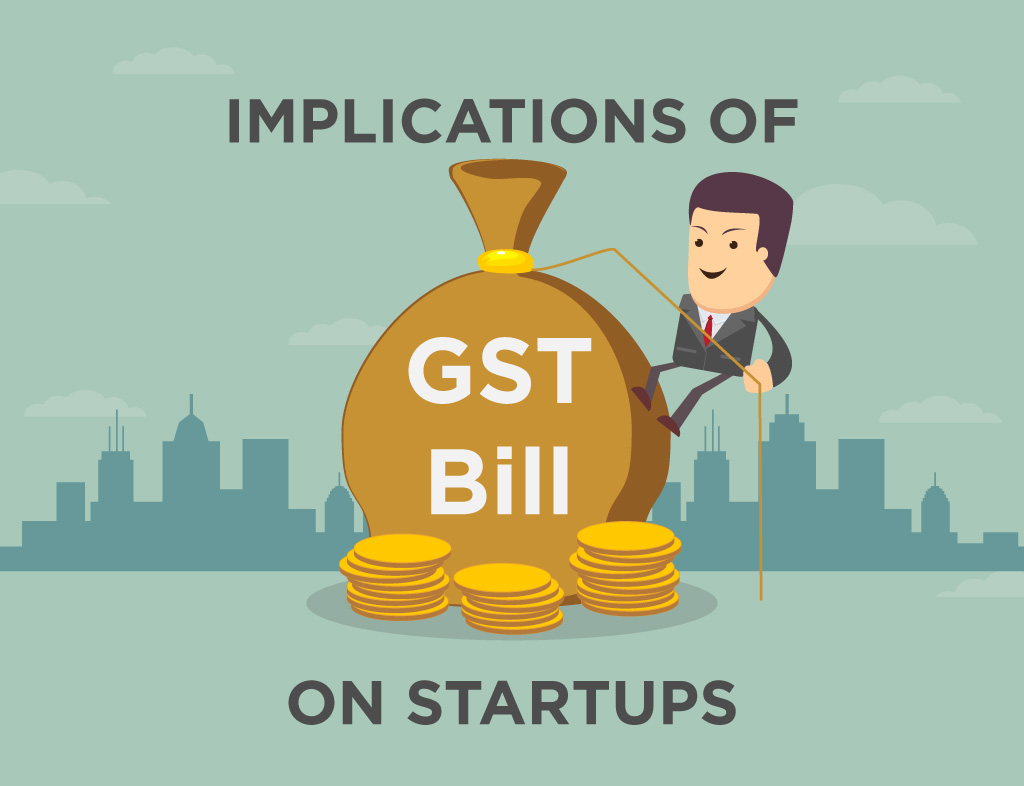
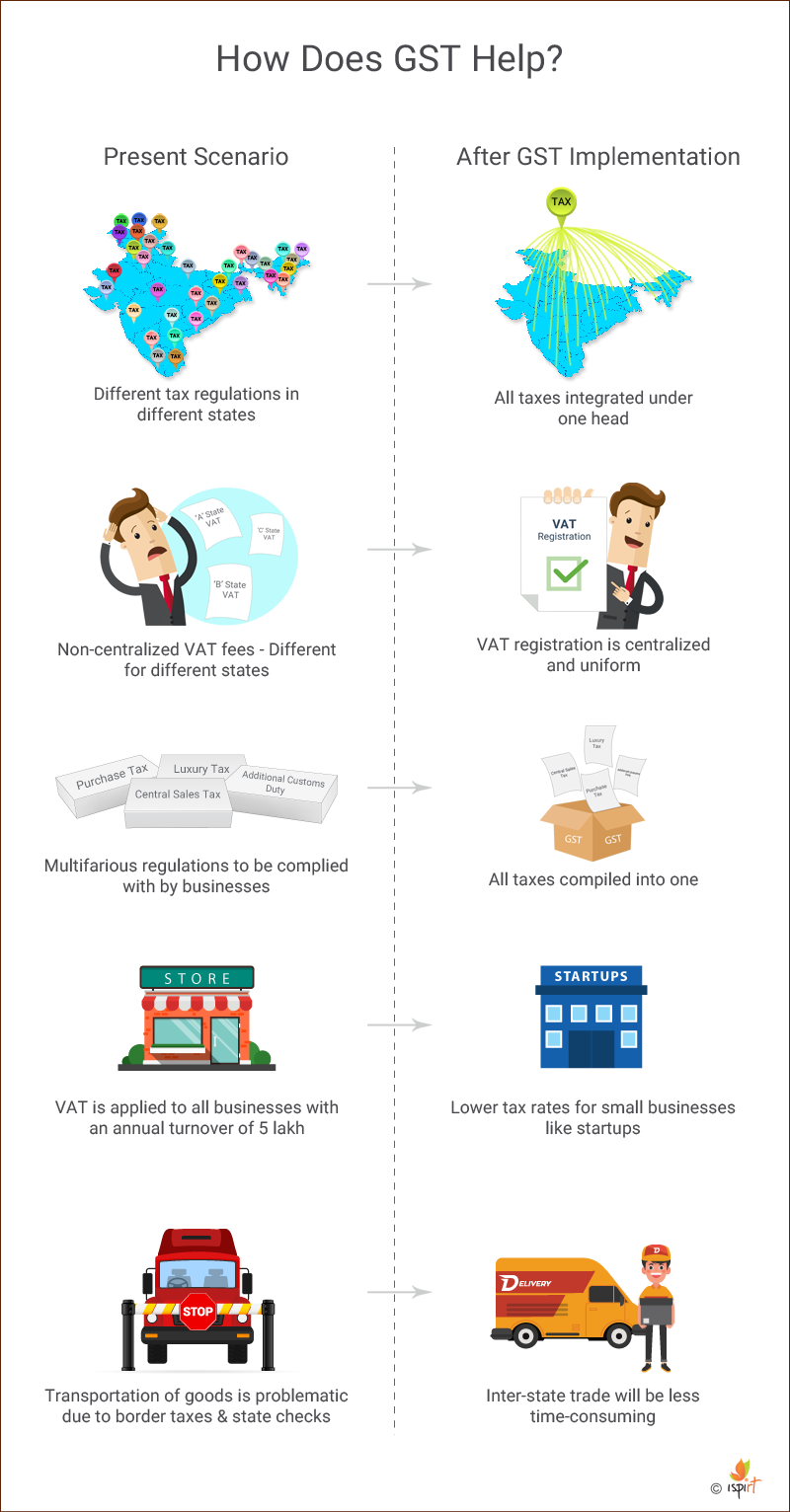



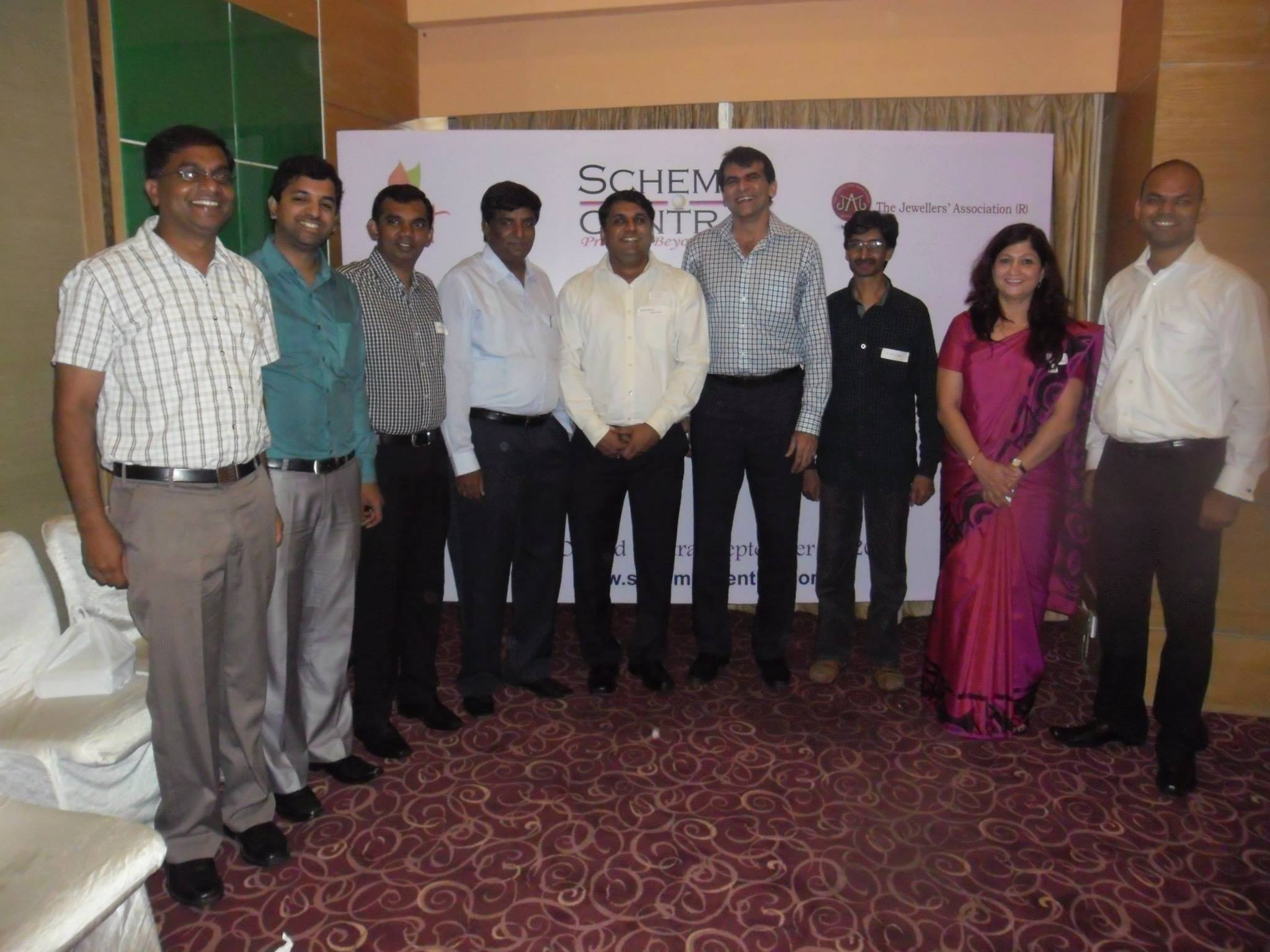



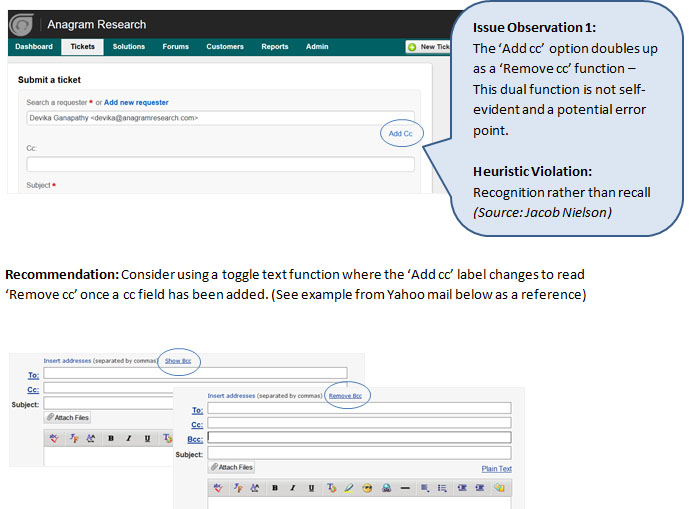
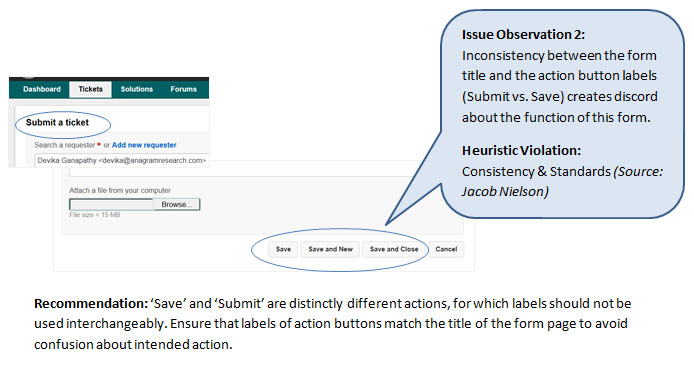
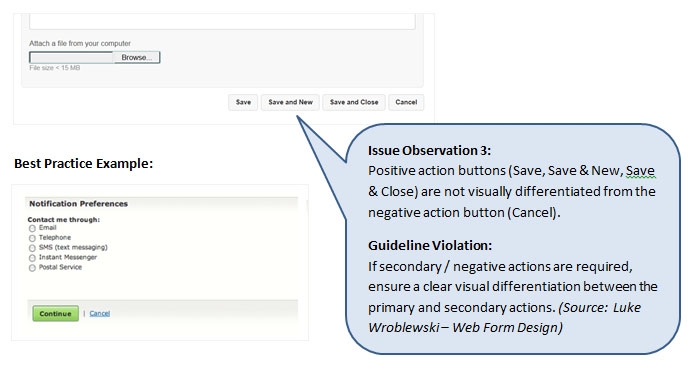
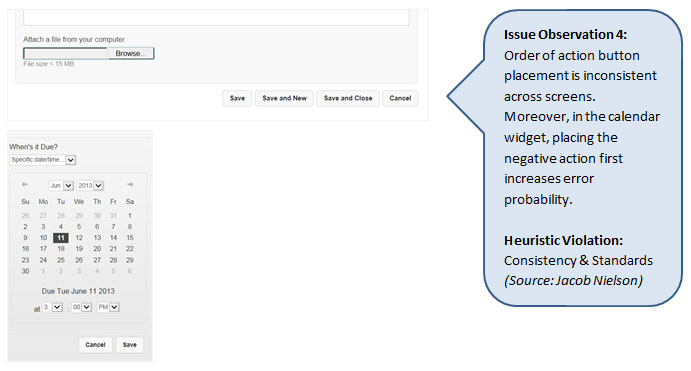
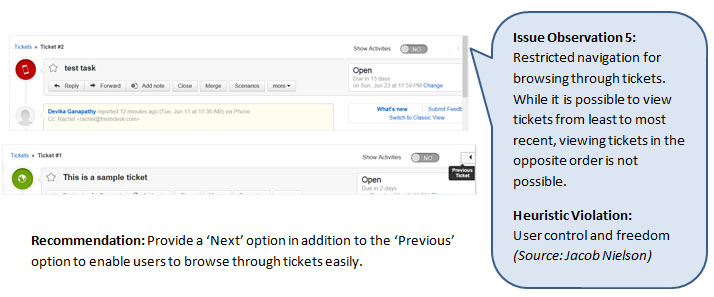
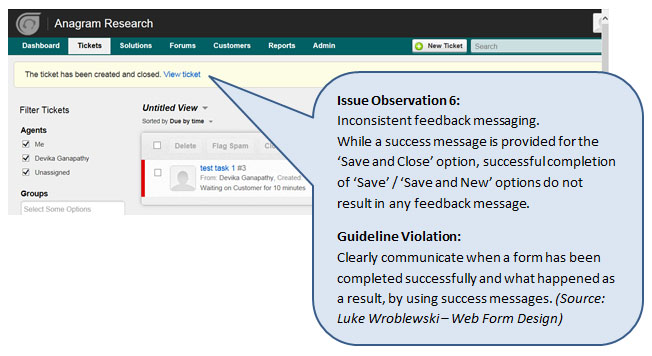 The examples shown above are just a fraction of the issues that a Usability Review could highlight.
The examples shown above are just a fraction of the issues that a Usability Review could highlight.

